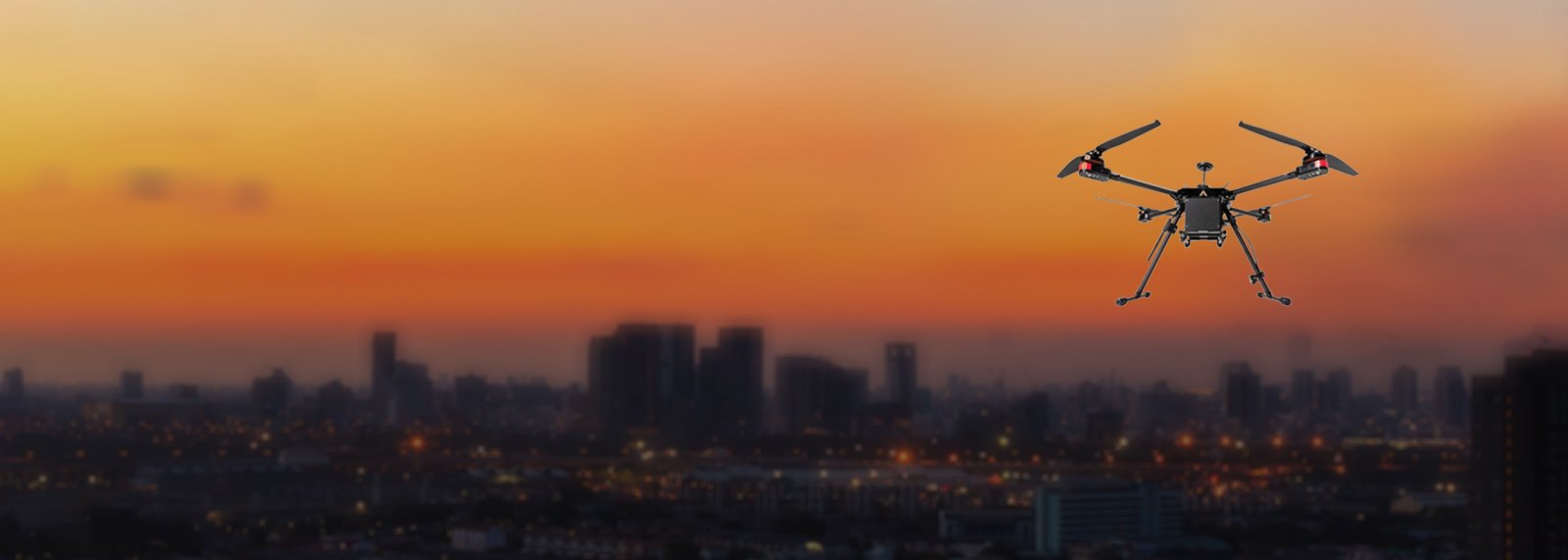
INDOOR NAVIGATION
As technology pushes the boundaries of automation and precision, indoor navigation systems have become indispensable in industries like manufacturing, logistics, healthcare, and retail. From autonomous robots navigating warehouse aisles to augmented reality applications in sprawling shopping malls, accurate indoor navigation is critical. One of the key technologies enabling this precision is the Inertial Navigation System (INS). But what makes INS so crucial for indoor navigation? Let’s delve into its significance and how it transforms indoor environments.
What Is an Inertial Navigation System (INS)?
An Inertial Navigation System is a self-contained navigation solution that uses a combination of accelerometers and gyroscopes to calculate an object’s position, velocity, and orientation. Unlike GPS, INS does not rely on external signals, making it highly versatile and resilient in environments where external signals are unavailable or unreliable.
The Challenges of Indoor Navigation
Navigating indoor spaces poses unique challenges that differ significantly from outdoor navigation. These include:
- GPS Limitations - GPS signals are often blocked or degraded indoors due to walls, ceilings, and interference from electronic devices
- Complex Layouts - Indoor environments, such as shopping malls or hospitals, have intricate layouts with multiple floors, narrow passages, and dense obstacles
- Dynamic Elements - Crowds, moving objects, and temporary changes in layout require continuous real-time navigation adjustments
- Signal Reliabilitys - Wi-Fi, Bluetooth, and other radio-based positioning systems can suffer from interference and inaccuracies
In these challenging scenarios, INS proves to be a game-changer.
Why INS Is Essential for Indoor Navigation
1. GPS Independence
Indoor environments often render GPS ineffective. INS provides a self-reliant solution, enabling continuous navigation and tracking without requiring external signals. This independence makes INS an essential component for systems operating indoors, such as:
- Autonomous mobile robots (AMRs) in warehouses
- Delivery robots in commercial buildings
- Indoor navigation apps for visually impaired individuals
2. Real-Time Accuracy
INS continuously monitors an object’s motion using inertial sensors, ensuring real-time position and orientation updates. This is critical for:
- Robots avoiding collisions with obstacles
- Devices that require precise alignments, such as robotic arms or forklifts
- Applications like augmented reality (AR), where even slight delays can degrade the user experience
3. Seamless Navigation in Dynamic Environments
INS excels in handling environments with frequent changes, such as:
- Crowded airports with moving people and temporary barriers
- Hospitals where layouts are modified based on patient needs
- Retail stores with shifting inventory or pop-up displays
With INS, systems can adapt quickly to these dynamic changes without relying on static maps.
4. Integration with Other Sensors
INS performs exceptionally well when combined with other navigation technologies, such as:
- Wi-Fi or Bluetooth-based localization - INS bridges gaps in coverage or mitigates interference.
- LiDAR or visual systems -INS provides foundational motion tracking, while LiDAR or cameras map the surroundings.
This multi-sensor approach enhances accuracy and robustness, particularly in environments with challenging layouts or high interference.
5. Support for Multi-Floor Navigation
For buildings with multiple floors, such as shopping malls or corporate offices, INS can determine changes in elevation using vertical motion data. This capability is essential for tasks like:
- Delivering packages to specific floors
- Guiding users to different levels of a building
- Operating elevators and escalators autonomously
Real-World Applications of INS in Indoor Navigation
1. Logistics and Warehousing
INS powers autonomous forklifts and robots to navigate large warehouses efficiently, ensuring accurate inventory management and fast order fulfillment.
2. Healthcare
Hospitals use INS-based systems for transporting medical supplies, tracking assets, and even guiding patients to their appointments.
3. Retail and Malls
Indoor navigation apps equipped with INS can guide shoppers to specific stores, products, or parking spaces, enhancing customer experience.
4. Manufacturing
Robotic systems on factory floors rely on INS to move parts or materials across complex production lines without delays or collisions.
5. Public Transportation Hubs
Airports, train stations, and bus terminals use INS-enabled systems for baggage handling and guiding travelers through vast, intricate layouts.
Conclusion
Inertial Navigation Systems are indispensable for indoor navigation. Their independence from external signals, real-time accuracy, adaptability to dynamic environments, and compatibility with other sensors make them a cornerstone of reliable and efficient navigation in indoor settings. Whether you’re automating warehouses, enhancing customer experiences in retail, or improving operational efficiency in hospitals, INS is the technology you need to stay ahead.
Contact Us for more information.
